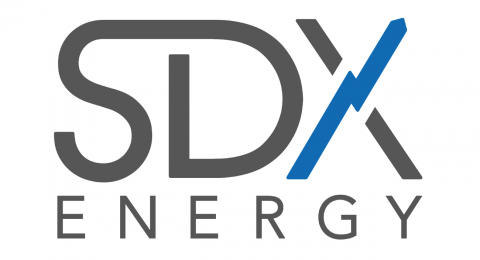The Obama administration has found an unlikely ally in its efforts to keep pushing more biofuel into the nation’s gasoline supply: OPEC.
The lowest oil prices in over six years have fueled a resurgence in U.S. gasoline use in recent months as more Americans take to the road.
Demand is expected to climb 1.5 percent this year to nearly 139 billion gallons (526 billion liters) according to the government’s most recent forecasts, enough to easily accommodate small increases in ethanol quotas without breaching the so-called “blend wall” that refiners say puts a cap on blending at around 10 percent of total gasoline and diesel supply.
It may be even higher, based on data from the first quarter, when gasoline use surged by more than 3 percent, the fastest in over a decade.
Those calculations help explain why biofuel backers are up in arms over the Environmental Protection Agency’s proposed renewable fuel goals unveiled on Friday, which reaffirmed the agency’s stance that ethanol use in fuel has hit a saturation point until more infrastructure and equipment is installed.
The proposed volumes fell far short of those laid out in a 2007 law, but still allow for increased blending while also ending years of uncertainty over the future of the nation’s complex and contentious renewable fuels policy.
With Saudi Arabia pumping out near record volumes of crude and few experts forecasting any significant recovery in prices any time soon, the U.S. biofuels industry now stands to gain a bigger share of one of the world’s biggest motor fuel markets, experts said.
“The market incentives are there for ethanol, without this (EPA) proposal, said Scott Irwin, a professor of agricultural economics at the University of Illinois.
TOO CONSERVATIVE
The current pace of demand would put ethanol use at some 14 billion gallons (53 billion liters) this year, 4 to 5 percent above the amount allotted by the EPA for renewable fuel, largely corn-based ethanol, Irwin said.
James Stock, a Columbia University fellow and former Obama economic adviser, thinks the government estimate is too conservative given the greater-than-expected uptick in demand.
Citigroup analysts have forecast biofuels use this year will hit a record partially due to weak gasoline prices, which were almost $1 cheaper last week than a year ago.
For ethanol producers, the resurgent demand offers a much-needed boost to margins after years of stagnant demand due to a swing to more fuel-efficient cars. Ethanol prices are near multi-year lows, inventories sit close to three-year highs and export demand remains lackluster.
At stake for the government is the future of the Renewable Fuels Standard, a decade-old law and cornerstone of two presidential administrations that was aimed at cutting U.S. dependence on foreign oil and boosting use of cleaner, domestic energy sources.
The issue has pitted two of the country’s biggest industries, oil and corn, against each other, forcing the government on Friday to seek the middle ground.
The oil industry fears losing a bigger share of the fuel market to biofuels while companies like Archer Daniels Midland Co and Poet LLC have more than tripled ethanol production in the past decade, betting on federal support for biofuels.
Friday’s proposal inevitably triggered anger from both sides and threats of further legal action from refiners like Tesoro Corp, who say the targets are too high.
It also touched off another round of frenzied lobbying as the public comment period opened ahead of the Nov. 30 deadline for the EPA to finalize the rules.
FROM THE HILL TO THE PUMP
To be sure, the fight over the blend wall is not just in Washington, it’s also at the pump where Americans have so far steered clear of the higher-ethanol blends, fearing damage to their cars.
But E15 blends have recently started to break into major regional gas chains.
Separate to the EPA’s much-anticipated announcement on Friday, the U.S. government pledged a further $100 million in funding to help outfit filling stations to pump blends containing more corn-based ethanol.
But cheap fuel at the pump and rising fuel demand may strengthen the case for higher ethanol volumes.
“Low gas prices allow more room (for ethanol) and even more reason to provide support for the advanced fuels,” said Stock.
Source: Business Insider












